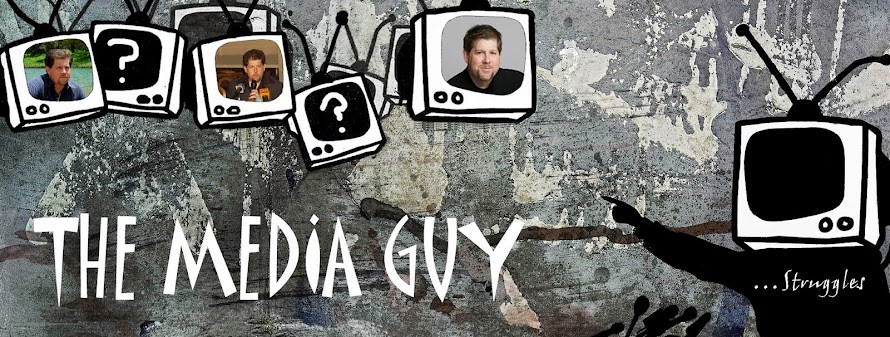The number of self-published books has exploded, growing 287 percent since 2006, according to research by Bowker, the official ISBN agency for the United States.“In 2012, more than 235,000 print and e-books were self-published in the United States, up from 148,424 in 2011,” says award-winning marketing strategist Catherine Foster, executive publisher/CEO of BlueSky Publishing Partner.
 |
| Typos Matter |
CreateSpace was the No. 1 print self-publisher in 2011 with 39 percent of the market, and Smashwords was No. 1 for e-books, with 47 percent, according to Bowker’s most recent information.
However, while most readers no longer pay attention to where a book was published, authors should know they do pay attention to what it looks like, Foster says.
“The most important overlooked element is not the front cover but the back cover,” she says. “That’s where potential readers will spend the most time deciding if they want to buy your book.”
Browsers spend 10 to 15 seconds reading the back cover. If you want to keep their interest, Foster says follow these four basic rules of book marketing.”
- Know your audience: You have to consider their point of view when you decide what to say on the back cover, and you need to know who they are in order to figure that out. This is your 10-second commercial, so be sure you give your audience what they’re looking for!
- Keep it simple: Many authors try to cram too much information on the back cover in the hopes that something will pique the reader’s interest. But too much information overwhelms browsers and their brain becomes sluggish. Rather than read everything, they read nothing and walk away. Treat the text on your back cover like poetry and keep the message condensed and poignant.
- Choose the right fonts: Certain font styles appeal to different audience demographics. Whether your audience is mostly teens or college students, middle-aged adults or seniors, they’ll respond differently to the looks of different type faces. Choosing small red fonts on your cover is the worst thing you can do if your market is the reader older than 55 because red is one of the hardest colors to read when aging affects vision. Also, your fonts shouldn’t blend in with the colors on your back cover, or the words lose value to the reader.
- Typos will kill your book sale: If your back cover has a typo, even a small one such as a redundant word or two words with no space between them, it will doom your book. Authors are indeed “judged like a book by its cover” and readers will assume that your book wasn’t edited and that it will be full of errors. One of the most frustrating things for readers is finding typos in a book. It dilutes the meaning of the content, distracts them from reading, and most importantly, makes the author look amateurish. Even if the only typo in your book is the one on your back cover, readers will make critical assumptions based on that one fatal flaw.
“No matter how good of an editor you are, you’re likely to read right over your own mistakes,” Foster says. “There’s a reason surgeons don’t operate on themselves; the same is true for authors editing themselves.
-----
Food for thought: 22 Books for Your Ultimate Summer Reading List





















